Image Processing Reference
In-Depth Information
(b)
(c)
1st iteration
2nd iteration
(a)
Target
(d)
(e)
3rd iteration
4th iteration
Figure c.5
The original target in (a) is reconstructed from limited data using no prior information in (b) fol-
lowed by priors that encroach on, that is, morph to the exterior shape of the target.
DFT
PDFT morphing of target shape
Figure c.6
Image of a missile target using DFT and then having the PDFT morph technique applied.
apply the PDFT to this subimage. This is illustrated with the simulated target
below.
This is also illustrated in the example below using real data taken from a
model missile provided by US Air Force Research Laboratory (AFRL).
In this example, data gathered from a model missile were used to form
an image as shown on the left (Figure C.6). Only 0.5% of the data or 16 × 16
k
-space data were used to calculate this and no details of the missile can be
seen. Employing the PDFT and “morphing” the prior information representing
a dynamic perimeter shape, one can shrink this prior and monitor the energy
associated with the corresponding estimate. This approach is very sensitive
to prior shapes that impinge on actual missile pixels, allowing us to define
an outline as shown on the right. When too little data are gathered to form a
reasonable image, this approach allows a signature outline to be determined
which is characteristic of the target. We believe that this provides a unique
classifier for different targets.
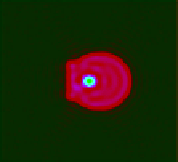

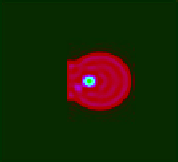
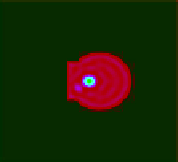
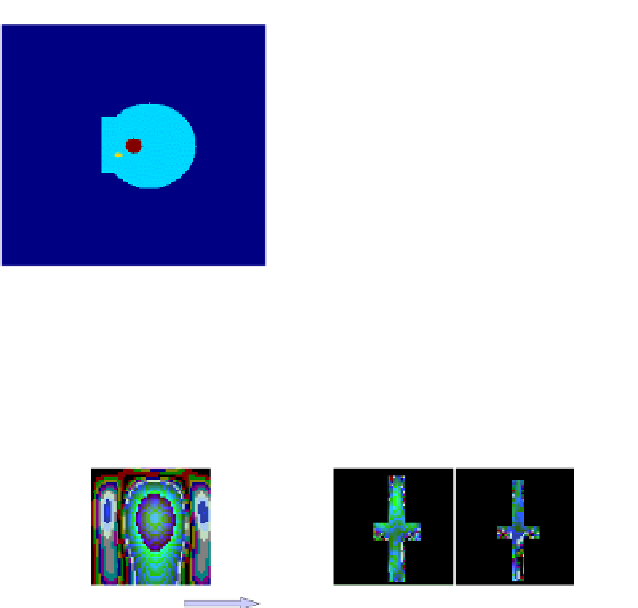
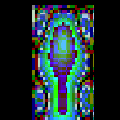

Search WWH ::

Custom Search